Running through a checklist of inspections and repairs for each irrigation system greatly improves the chance of being able to start irrigating the day the crop needs it.
Now is the time to make sure the irrigation equipment is in running order. If you ignore irrigation equipment until the day you need to water, it leads to cutting corners and taking risks that can lead to damage and downtime. Here are suggestions of system inspection and repair areas to concentrate on.
Check And Test All Control And Power Boxes
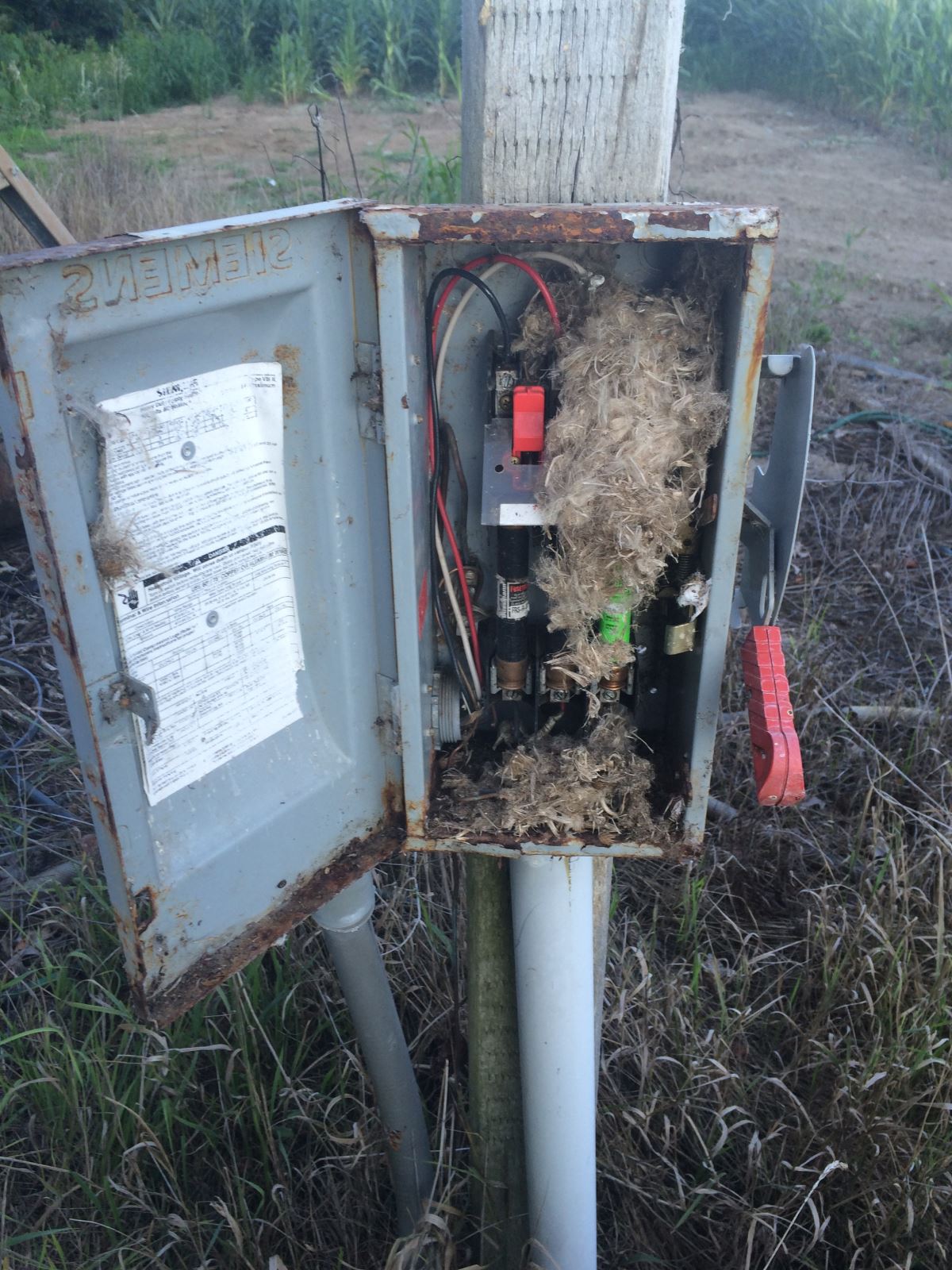
Vermin nests can cause explosions, electrical shorts and corrosion of wires. To avoid a dangerous situation, inspect and clean all electrical control boxes from the power supply to the pivot panel before energizing. Photo by Lyndon Kelley, MSU Extension.
With all power off, open each electrical box and blow it out with compressed air. Avoid leaving any dust or debris in the box or connections. Seal holes that rodents, snakes or insects may use to gain access to the box. A small application of a long residual action insecticide to the bottom of the box can reduce ant and spider problems in the future. Inspect the function of disconnects and repair or replace faulty equipment. Make sure all connections are tight and all connection surfaces are free of corrosion. Many electrical disconnects or pivot control boxes meet an early demise from an electrified mouse nest explosion in the box.
Turn On Power Supply Using Proper Safety Protocol
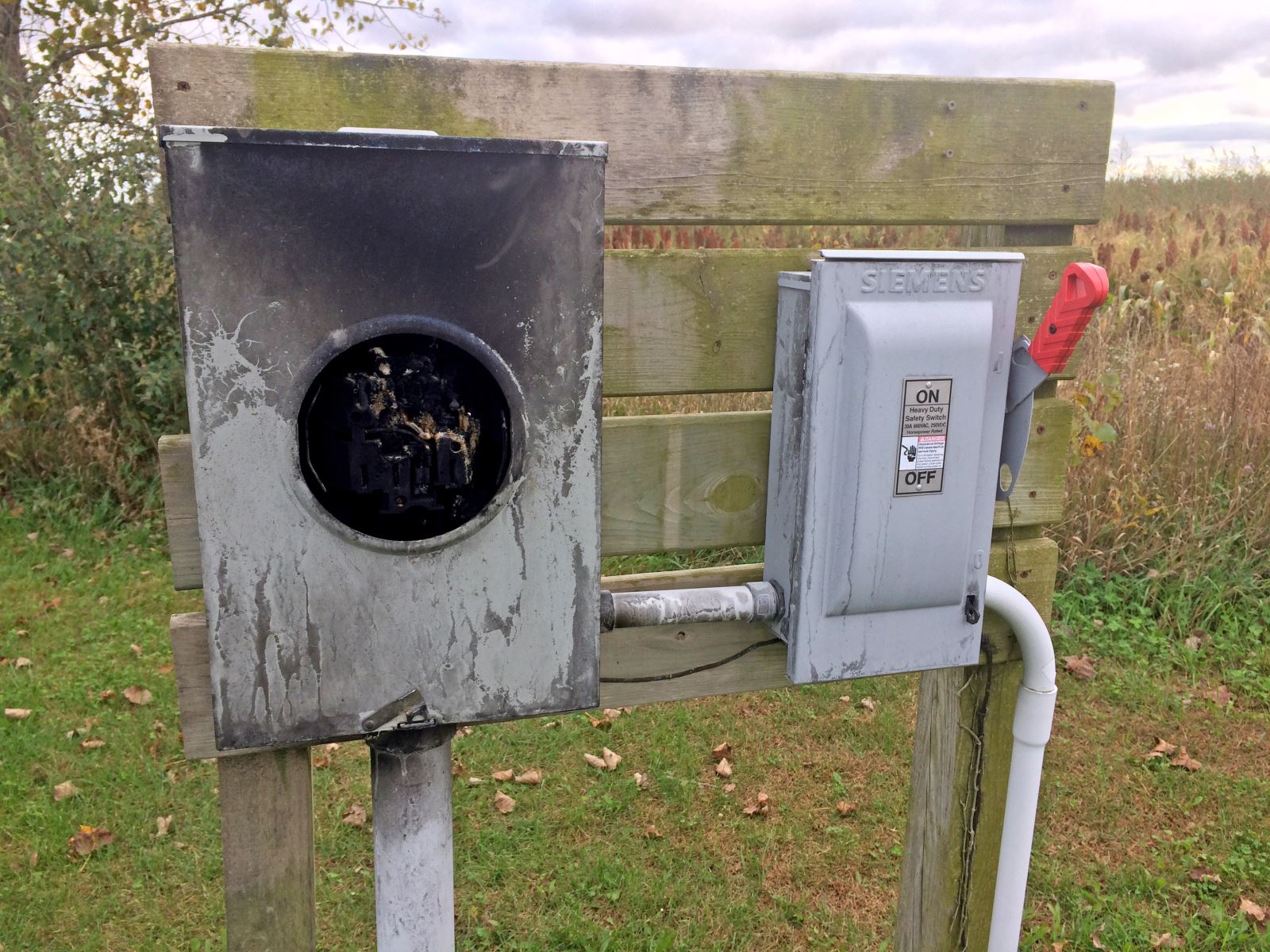
Lightning damage can result in the need for a total replacement of the metering unit and disconnect boxes. The sooner you find the problem, the more time you will have to replace it before irrigation is needed. Photo by Lyndon Kelley, MSU Extension.
If you generate your own power, start the engine and bring it up to proper rpms for the generator. Check the voltage at each pump and pivot in the system. Inspect the grounding wire from terminal to rods. Some irrigated crop contracts have requirements for testing of the grounding system and maximum resistance. Make a list of needed repairs for your electrician to follow-up on and get them started before the traditional over-committed first days of irrigation season.
Service Pump Engines And Inspect All Fluid Levels
Pumps run for hours without operator presence, and even small oil or coolant leaks can result in damage. Inspect belts, batteries and recharge system. Look carefully for rodent damage and insect nests that may result in a malfunction later. Inspect pump murphy or safety shut-down systems or install them if you do not have them. Low oil and high temperature shutdowns can avoid burning up your engine.
Measure Static Water Levels In Wells
Many of your neighbors may be concerned that irrigation water use is permanently lowering the water table. Documenting the static water level in your well and surrounding wells before you start pumping each year allows a comparison from beginning to end of pumping season. A late fall reading will show the recovery levels. If you do not have the equipment to measure the static water level of your well, consider an annual well maintenance company inspection or a single visit from a well driller to inspect equipment and measure water levels.
Start The Well Or Pump
Slowly fill water supply lines allowing air to escape from ends of lines. With the distribution system running furthest from the water source, inspect all the remaining outlets for freeze damage, missing frost plugs and leaks. Compare last year’s records with your start-up reading for pressure and flow.
Be Aware Of Demand Charges On Your Electric Bill
Many power companies have a demand charge as a factor in your monthly bill. In some cases, these demand charges can be substantial, even a couple hundred dollars for a large motor or pump. These charges are often based on the peak power use over the billing period for a short period of time (15 minutes for example).
Some power providers have off-season plans to avoid service charges over the winter. Knowing when the billing cycle starts and ends allows a producer to schedule start-up and avoid unnecessary charges. It is always good to have the irrigation system ready before planting, but in some cases starting the pump a month or two before it’s needed can result in hundreds of dollars of extra cost.
Check Rock Traps, Screens And Filters
Remove debris, sand and small stones from rock traps. Clean screens and filters often used in conjunction with end guns and cornering arms. Rock traps are often removed for the winter to prevent freeze damage from water condensation in pipe and accumulating in trap. If rock traps were removed for the winter and bird guards are not put in place, inspect openings for nests.
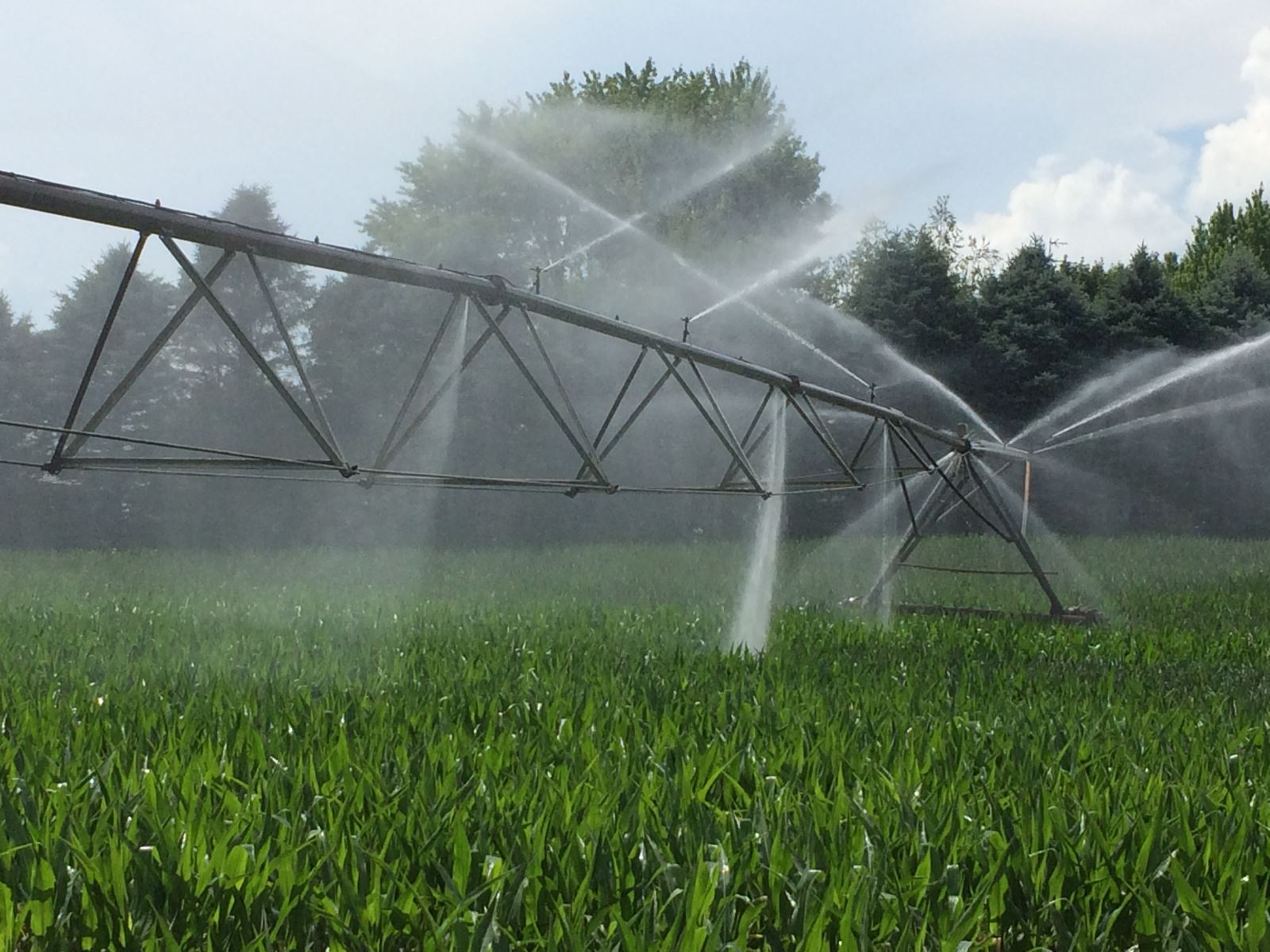
It is rare to find this many leaks in one place, but worn-out pipe flange gaskets, rust holes in the bottom of the pipe, and supply line leaks are common challenges. Photo by Lyndon Kelley, MSU Extension.
Inspect System Leaks And Bad Sprinklers
Start the system up and pressurize it. Look for leaks and bad sprinklers and create a list of units in need of attention. Remember to check risers and other irrigation pipe areas that may need attention. Small leaks can saturate the soil and weaken force blocks used to hold underground pipe end plugs in place. Create a list of pressure and flow meter readings (if available) for each pumping station and pivot point. Knowing the starting pressure can help diagnose in-season irrigation problems later.
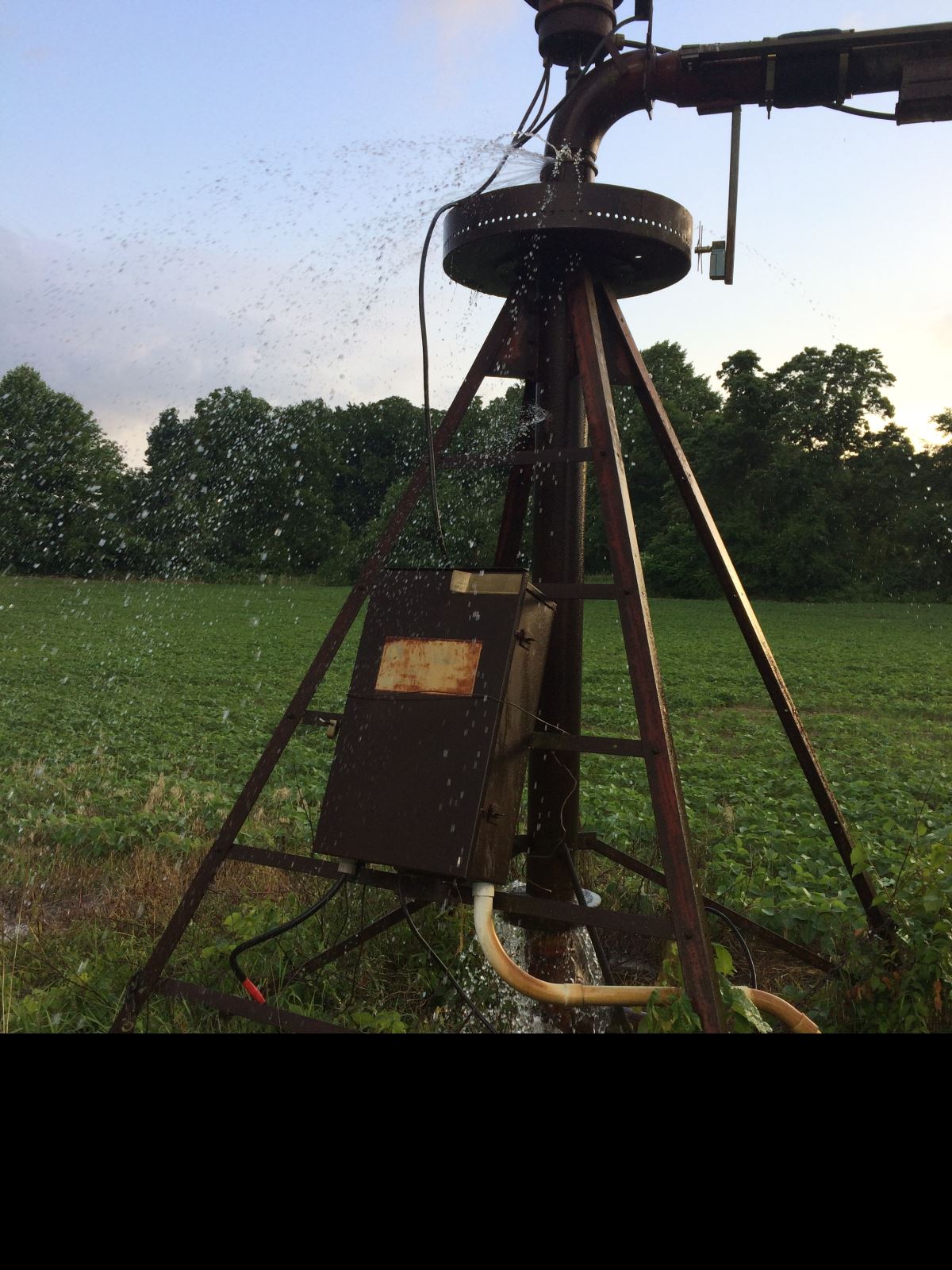
Photo by Lyndon Kelley, MSU Extension.
Check Sprinkler Patterns
With water up to pressure, check sprinkler patterns. This can be easily done on bare earth or when crops are small. You can also use a drone to fly over the pivot to quickly do a check of the sprinkler package and look for leaks. Look for sprinklers that have smaller wetted patterns than others. Plugs, no-turns and non-uniform watering patterns would indicate damage. Check pressure at the pivot point and the last sprinkler and compare to the sprinkler chart; pressure that varies from the chart by more than 10 percent indicates the need for attention.
Inspect Cornering Arm Hydro Valves
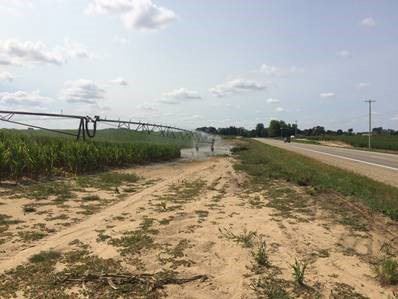
Sprinkler control systems for pivot corner arm are notorious for freeze damage. Proof the system before the season starts so they only water when needed. Photo by Lyndon Kelley, MSU Extension.
Hydro valves are the most common method used to turn off the irrigation water on cornering arms and Z-arms that are in their folded back position. If valves are stuck open, you are grossly overwatering end-rows or other field edges where the arm is not deployed. Valves that are stuck closed will result in under watering corners of the field. While the machine is running, inspect sprinklers in a corner area with the arm fully deployed to make sure all sprinklers come on and then in an area with the arm fully folded to see if all valves shut off.
Adjust End Gun
Make sure you are covering every foot of planted ground possible and are not watering areas that are not cropped. Fine adjustments now can improve coverage area or keep you out of trouble if irrigation water ends up where it should not be. Avoid going overboard—higher surface and ground water levels in the spring can give a little bigger coverage area now than they will late summer.
Check Irrigation Tires
Check air pressure in each pivot tire. Refill to 20 pounds or the recommended level. Note tires less than 5 pounds and return a week later to see if they leaked. Expect tires to lose 2 or 3 pounds of pressure each year if not re-inflated annually.
Service Center Drive And Final Drives On Pivots
Gearboxes should be checked annually. First, drain condensation water from the bottom of the box and then refill with recommended gear lube. Exterior leaks will show as stained areas indicating a need for replacing gasket. Some producers are using corn head grease in place of gear lube to extend the life of worn gear boxes.
Tree Trimming And Brush Control
Check fence row height compared to pivot overhangs and cut or spray to eliminate damage to the center pivot. The Ohio State University Extension bulletin, “Relative Effectiveness of Herbicides Commonly Used to Control Woody Vegetation” is an excellent resource.
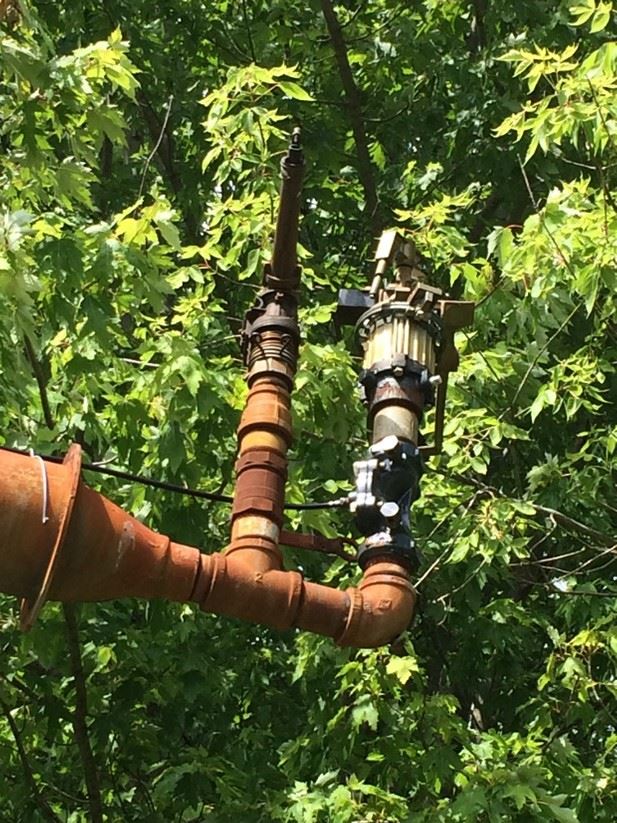
Unchecked fence row tree and brush growth into the path of the end gun and pivot end boom can create major damage. Photo by Lyndon Kelley, MSU Extension.
Inspect Bridge Crossings And Wheel Paths Through Rough And Low Areas
Wheel tracks will only deepen as the season progresses. Identify potential problem areas now to allow time to build-up, fill, level and permanently seed problem areas. In some situations, larger tires or track systems may need to be added to allow the pivot to float over wet spots.
Chemigation Valve And Fertigation Pump Power Supply
Many producers are investigating chemigation/fertigation as an option for making pesticide and fertilizer applications, respectively. Adding the equipment now makes it a far more viable option in the future. Make sure there is a functional chemigation valve on each water supply feeding into the system. Install an interlocked injection pump power source. This will operate only when the irrigation water pump is on, avoiding undiluted fertilizer from ever going into the irrigation system. For a diesel engine, this may be as simple as running the injection pump from a v-belt from the engine shaft.
Check Stop Barricades And Switches
Pivots that make partial circles often use stop barricades at the edge of the water area. Check stops for integrity, making sure the height is still appropriate for the machine’s turnoff mechanism. Manually operate the turn-off arms on the pivot to make sure they are functioning. Newer style stop barricades are designed to catch and spin the tire against the barricade, allowing the safety system to shut the pivot down as a backup safety system.
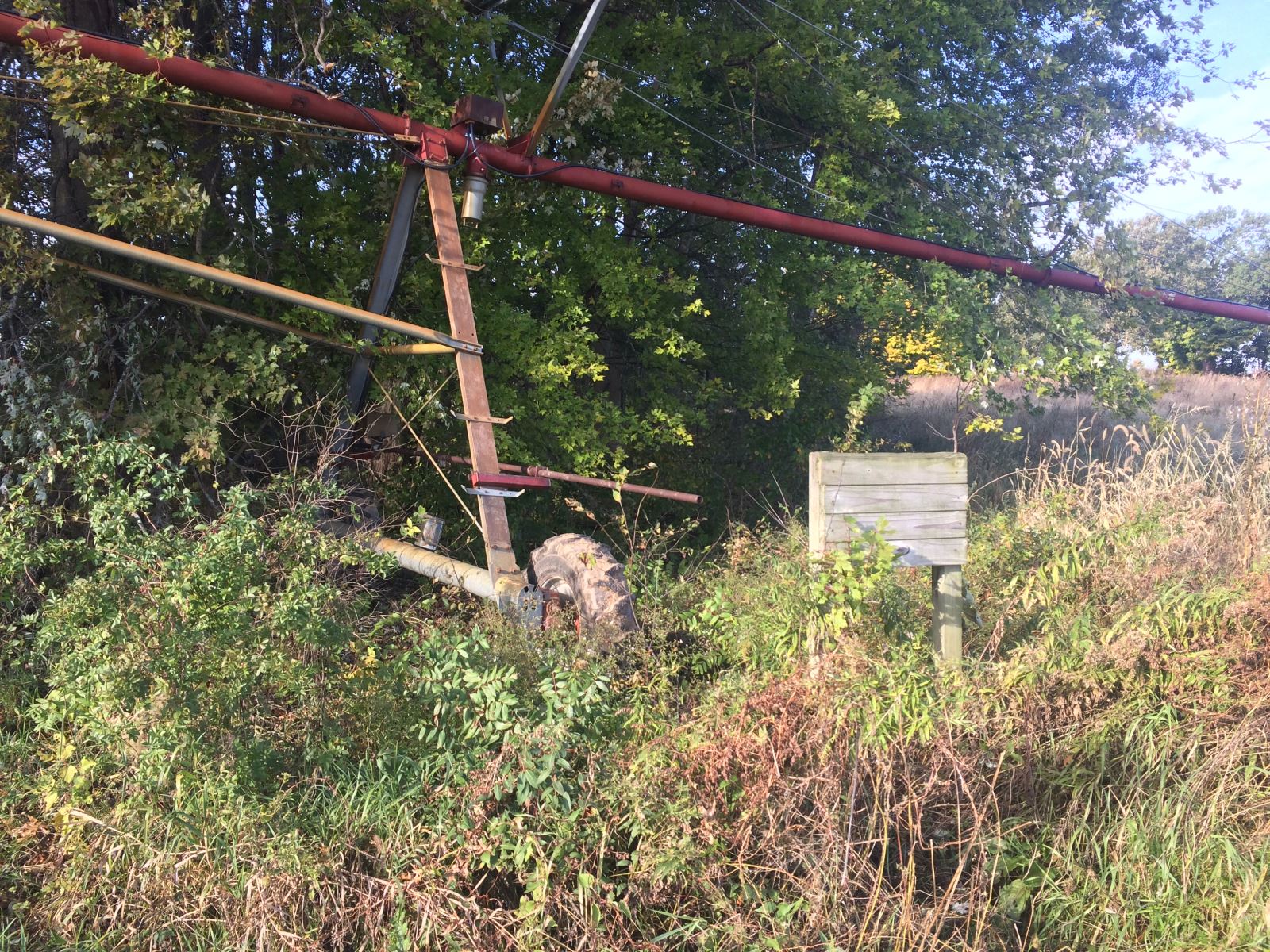
Stop control switches can fail, often due to waterlogged or freeze damage. Check the switch function and the alignment to the infield stop to avoid a run-away pivot. Photo by Lyndon Kelley, MSU Extension.
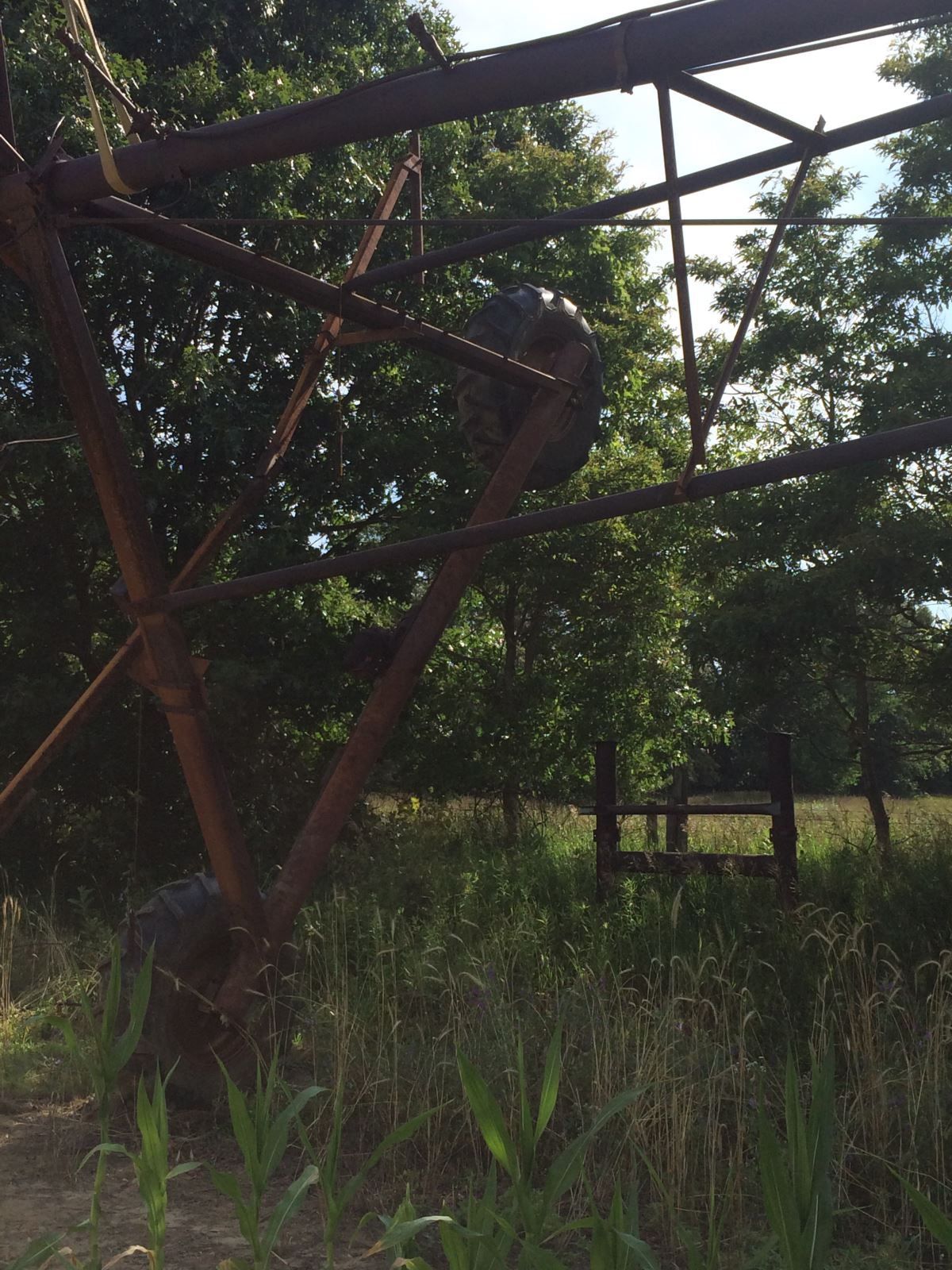
The stop barricade normally contacts the electronic stop arm, turning or reversing the system. The stop should not allow the wheel to climb resulting in rollover of the last span. Photo by Lyndon Kelley, MSU Extension.

Tire wear marks on the stop barricade indicate the electronic stop has failed recently. Photo by Lyndon Kelley, MSU Extension.
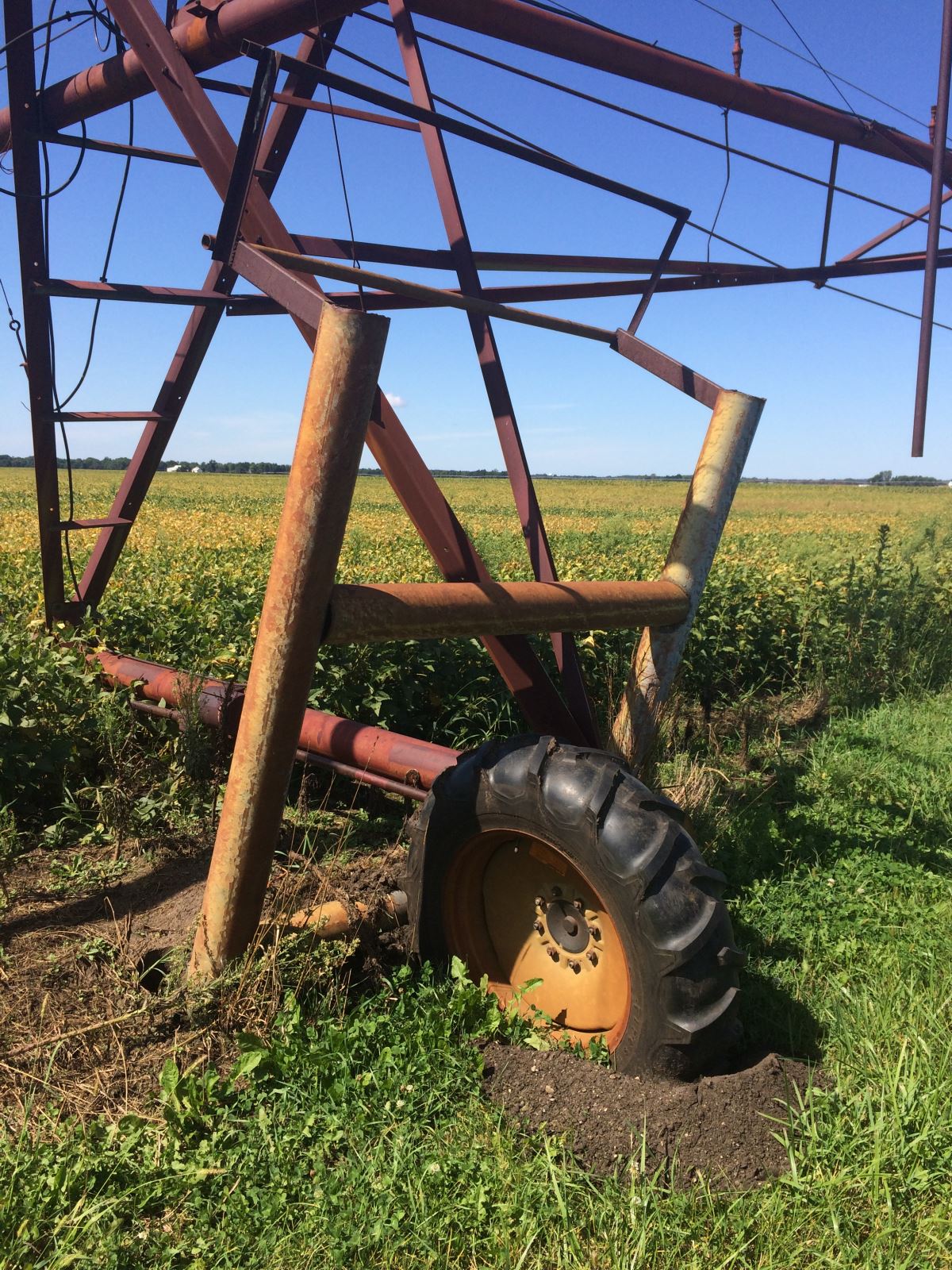
Stop barricade design and construction should stop the forward movement of the tower and cause the drive tire to slip and not climb the stop barricade. An electronic control in the next to the last tower (over watering timer) will cause the pivot’s safety system to shut the system down after the tower has not moved for a few minutes. Photo by Lyndon Kelley, MSU Extension.
Please check MSU Extension Bulletin E3439: Efficient Irrigation Management with Center Pivot Systems for learning more about how to improve irrigation system efficiency.
This article was published by Michigan State University Extension. For more information, visit https://extension.msu.edu. To have a digest of information delivered straight to your email inbox, visit https://extension.msu.edu/newsletters.